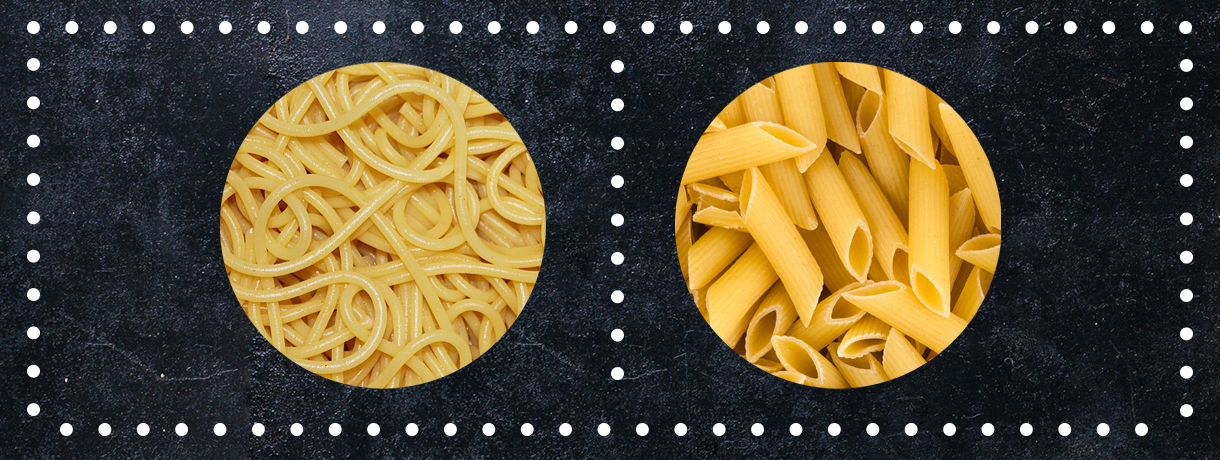
When it comes to pasta, we choose only this of high quality. That’s why Makarun serves pasta imported directly from the heart of Italy where pasta is the national dish. Especially for you, we have prepared some information about the history of pasta because its excellent taste was not established by chance.
Italy, also called the homeland of pasta, is its largest supplier in the world. Attachment to tradition makes that on Italian tables you can find only naturally produced specialties. The first mention of Italian pasta dates back to XIII century when Marco Polo brought it from China. However, dishes for serving pasta date back to III century BC, and even Cicero praised Lagana (the prototype of today’s lasagne) one hundred years BC. Also then, the Romans brought to perfection tools, dishes and techniques for making lasagne. The very term pasta, appeared in texts of Roman writers in the early millennia of our era. Bartolomeo Platina, the librarian of the Vatican Library, wrote about pasta with cheese as being the heritage of Genoese and Neapolitan cuisine. That dish was the basis of the daily diet among inhabitants in these cities.
The great love for pasta and striving for perfection have resulted in improving its production methods. Pasta, originally popular only in the Italian and European cuisine, in XX century was introduced by Italian immigrants to the United States. After that, it quickly gained popularity all over the world. Thanks to it, Makarun can offer you now dishes of the highest quality.
Currently, the access to pasta from around the world is unlimited but the products made in Italy are recognized by all for its best quality. That’s why it is the core of the Makarun menu. The reason for the success of Italian pasta is its great quality. It is produced according to specific criteria and standards set by the presidential decree which states that raw materials must be of the highest quality, technology adapted for milling durum wheat into semolina and even flour should meet certain requirements. What is more, the protein, water and cellulose content is thoroughly verified.
Moreover, Italian pasta is evaluated in terms of colour, resilience, smell and taste. Only natural ingredients necessary to prepare pasta are allowed to be used. Regulations are so restricted that even specify the packaging of pasta.
As you can see, in Italy pasta is surrounded by special care. The Italians dedicate to their national dish its own feast: World Pasta Day. It has been celebrating annually on October 25th since 1995 during the World Pasta Congress in Rome. It is time when gourmets discuss about culinary novelties, share ideas for new dishes, exchange experience, and the most important – they enjoy the taste of delicious pasta. Luckily, in Makarun we have such a feast every day by sharing with you our favorite Italian dishes.